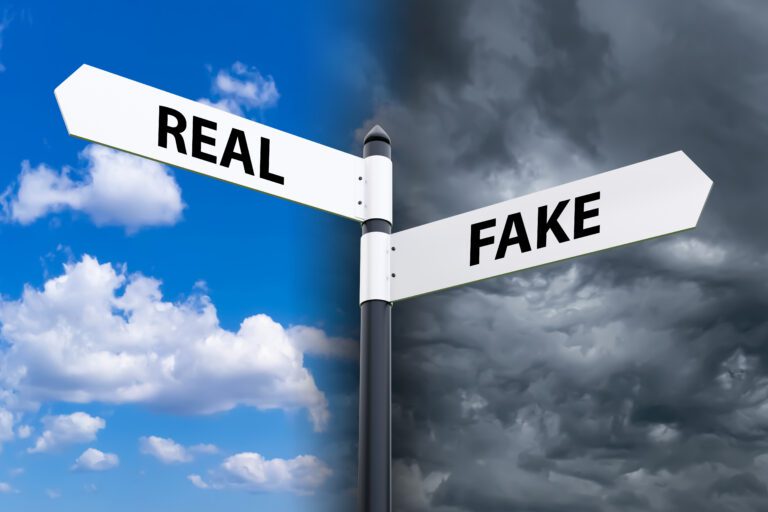Ever wonder who’s footing the bill for all those prizes in online raffles and sweepstakes? Whether it’s a $10 gift card or a brand-new laptop, someone has to cover the cost—and it’s not just the raffle fairy.
The truth is, raffles aren’t just a fun way to give things away—they’re also part of a smart business strategy. Behind every prize is a company, sponsor, or marketing team working to build brand awareness, collect entries, and make you a fan.
So where do the prizes actually come from? Let’s take a peek behind the curtain.
The Role of Sponsors in Sweepstakes and Raffles
Most sweepstakes and raffles are funded through sponsorships. These are deals where companies or brands provide products, gift cards, or cash in exchange for exposure. That exposure could be in the form of:
- Logo placement on the raffle page
- Email list growth from entry forms
- Social media follows or shares
- Product awareness through prize delivery
In short, a prize isn’t just a giveaway—it’s a marketing move.
Why Companies Sponsor Raffles
It might seem odd that companies would hand out free stuff, but it’s actually a win-win. Sponsors gain access to potential customers, and entrants get a shot at cool prizes.
Here’s why it works for brands:
- Low-cost advertising: Giving away a $100 prize may generate thousands of impressions
- Lead generation: Entrants often opt into newsletters or marketing messages
- Brand engagement: People associate fun, free prizes with a positive brand experience
- Product trials: Prizes introduce new customers to a product or service
It’s cheaper (and often more effective) than traditional ads—and people want to participate.
Types of Sponsors You’ll See
Not all sponsors are the same. Depending on the raffle, the prize could come from:
Large Brands
Think Amazon, Walmart, or Bose. These companies often work with sweepstakes agencies or marketing firms to sponsor larger giveaways with nationwide reach.
Niche or Emerging Brands
Smaller businesses love sweepstakes because they offer targeted visibility. A new skincare brand or startup might offer products in exchange for email sign-ups or social media buzz.
Local Businesses
Restaurants, boutiques, or gyms often run or sponsor giveaways to drive traffic to their locations. These are especially common in community raffles or radio station contests.
Raffle Platforms Themselves
Some sites—like Free Daily Raffle—sponsor their own giveaways as part of their core business. In these cases, prizes are funded by the platform to reward loyal users, grow the audience, and drive repeat visits.
How Sponsors Choose Prizes
Prize selection isn’t random. It’s strategic. The goal is to offer something appealing enough to generate buzz, but also relevant to the sponsor’s brand or audience.
For example:
- A fitness brand might give away workout gear or nutrition products
- A bookstore might offer e-readers or gift cards
- A coffee company might bundle mugs and beans
Sponsors also look at data from past raffles to decide what performs well. If a $50 gift card consistently gets more entries than a tablet giveaway, that insight helps shape future campaigns.
How the Business Side Works
Here’s a simplified version of the sweepstakes economy:
- Sponsor provides the prize: This could be a physical product, digital code, or cash.
- Raffle platform promotes the giveaway: This includes web traffic, emails, and social media.
- Entrants participate: Many opt in for future communications or complete bonus actions.
- Data is collected (safely): Email addresses, user interest, or referral behavior is recorded.
- Prize is fulfilled: Either by the sponsor or the raffle platform.
- Sponsor reviews performance: They analyze reach, engagement, and potential sales.
If everything goes well, sponsors keep coming back—and you keep getting chances to win.
What About “Sponsored by No One”?
Sometimes, raffles are funded directly by the platform or a content creator. This could be to reward loyal followers, test engagement, or grow a community before bringing on sponsors.
Free Daily Raffle, for example, regularly runs giveaways funded by the platform itself to offer real value while growing a strong, trusting user base.
These kinds of raffles tend to have better odds, faster delivery, and clearer rules—because they’re not tied to outside brand requirements.
Where the Prizes Don’t Come From
Let’s clear up a common myth: legit raffles don’t charge you to enter or claim your prize. If a site says, “You’ve won, now pay shipping or taxes to receive it”—that’s not a sponsor, it’s a scam.
Real sponsors cover the full cost of the prize, including delivery. If you’re ever asked to pay up front, walk away.
What’s in It for You?
Understanding how prizes are funded doesn’t just satisfy your curiosity—it helps you:
- Spot legit raffles vs. shady ones
- Enter more strategically (brands you like = prizes you want)
- Engage with companies that actually value your time and attention
Plus, knowing that every entry helps support a real partnership between a raffle site and a brand adds another layer of fun.
Final Thought: Every Prize Has a Story
Next time you see a cool giveaway pop up, remember—it’s not just a freebie floating in cyberspace. Behind that prize is a brand trying to connect, a platform trying to build loyalty, and a process designed to keep things fair and fun.
And you? You’re the final piece of that puzzle. Your entries make the whole thing work. So keep showing up, keep clicking enter, and keep an eye on those prize announcements. Someone’s going to win—and it might as well be you.
Sources
- Promo Marketing Magazine: How Brands Use Sweepstakes for Engagement
- National Sweepstakes Company: Sponsor Roles and Prize Fulfillment
- FTC: Sweepstakes Rules and Advertising Compliance
- Free Daily Raffle: Platform-Sponsored vs. Brand-Sponsored Prizes




